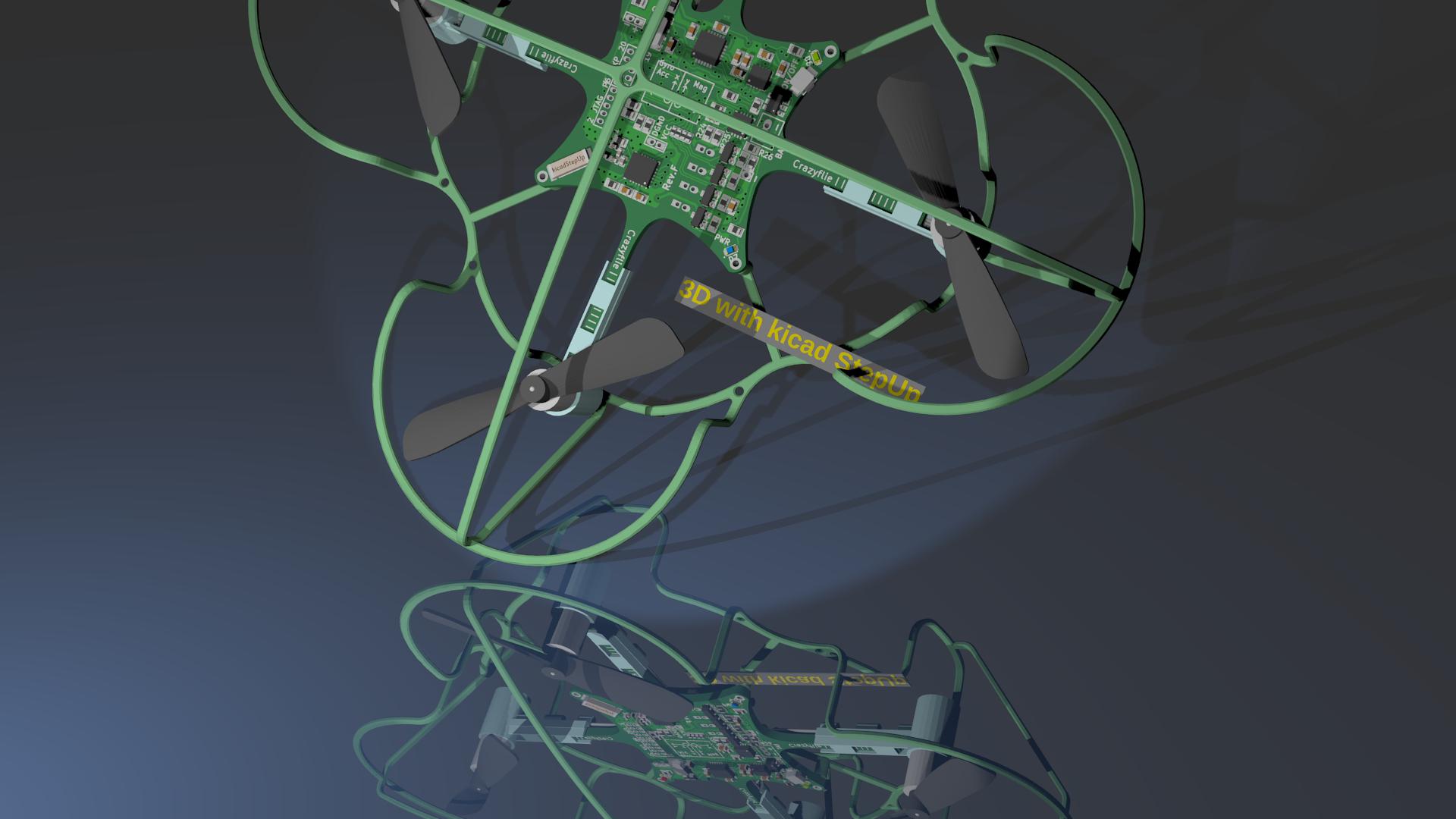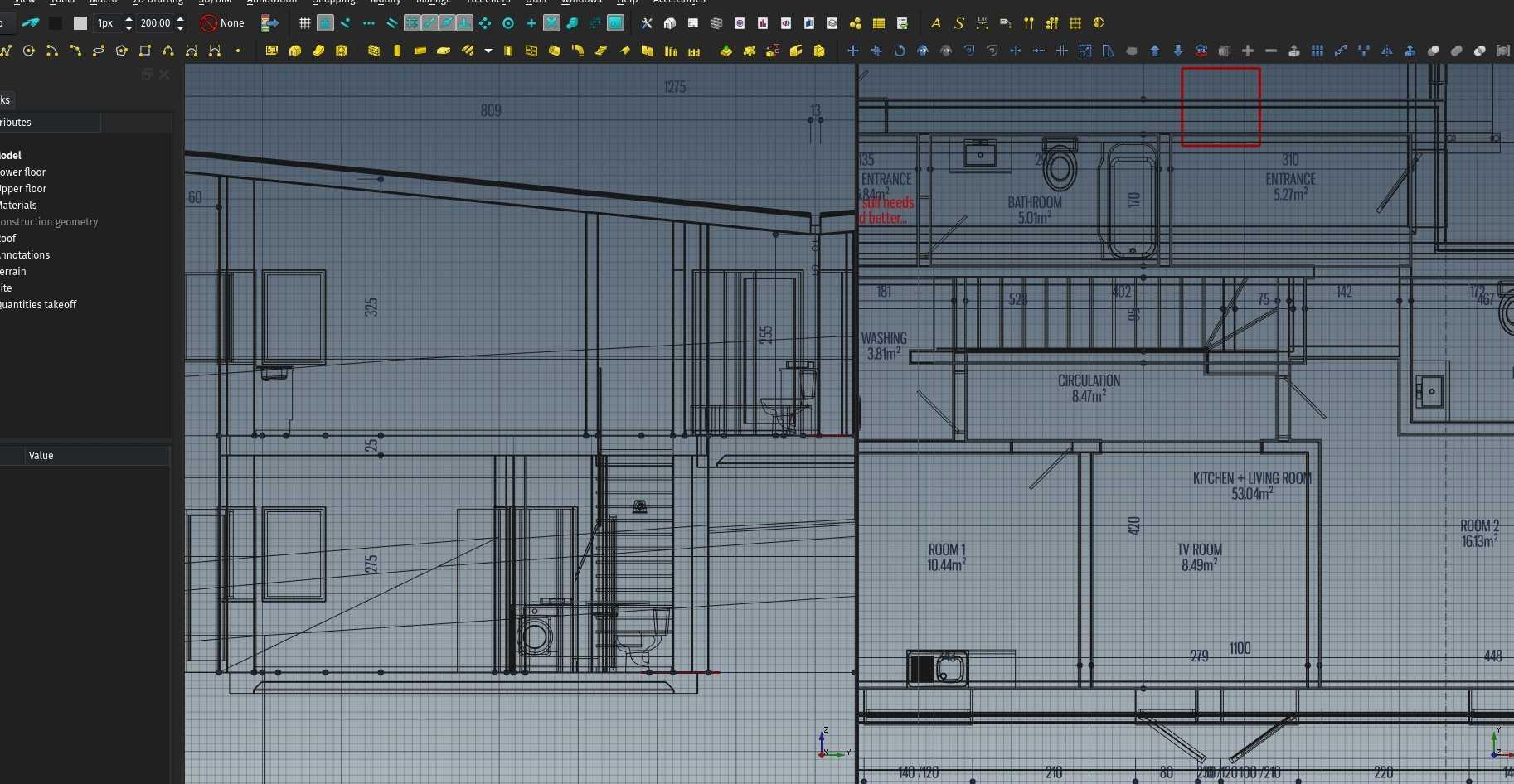

This path could go through some fantastic fictional literature that generates the response or even a critique of the response which starts another walk until you end up with novel solutions. Because of the way the attention mechanism works, it will then walk a different path through the LLM. You would say no because you think it’s faking creativity however you could prompt it to try and pretend it would work and proceed through the calculation. I think the ultimate test of this will be discovering new physics or mathematics.Ĭan it come up with something like sqrt(-1)? Limiting the LLM quickly pushes you down the phase curve into a useless domain. A phase shift seems to have happen to make the LLM’s response more useful and creative. I have spoke with AI teams at both Google and Amazon and I can tell you OpenAI has something different. You are talking about under and over fitting data – which sure those are things to consider in ML.īut I don’t think you appreciate the transition that has occurred. IF it does perform better, the odds are it found some special shortcut for your special task rather than evolving a better AI. You can only make some random modification and then set it loose to perform the actual tasks you intended to see if the change made it better – and the odds are it will perform worse. If you knew, you could already design one. Narrow criteria allow the AI to find shortcuts that solve the problem in dumber ways, wider criteria require more intelligence out of the designer than from the AI you’re training.Īn AI that designs a better AI goes beyond the special case because there are no known right answers as to what would make a better AI. With all AI training, the outcome is only as smart as the test criteria for pass/fail. Making a better version of yourself requires you to come up with a test or a problem that you can’t solve but the next version could, but then you can’t usually check whether the answer was correct because you’re too dumb to solve it yourself.

The image on the left represents the first attempt, the middle shows the correct basic shapes lacking relative orientation, and the last image is the final result. Progress was slow, but with patient guidance ChatGPT eventually went from some nearly-random shapes to a basic plane model.
#Python freecad code#
What followed was a lot of back-and-forth where would give direction and feedback like “the fuselage is in the wrong orientation, please re-write the code to move it” or “the wings are too large, please change the code to make them smaller”. Not an encouraging start, but at least the basic building blocks were there. The resulting code had objects for wing, fuselage, and tail, but that’s about all that could be said because the result was almost - but not quite - completely unlike a plane. After that basic workflow was shown to work, asked it to create a simple airplane shape. The first step was getting ChatGPT to create code for a 10 mm cube, and plug that in FreeCAD to see the results. The result is just a basic plane shape, and it certainly took a lot of guidance on ’s part to make it happen, but it’s not bad for a tool that can’t see what it is doing. While using it, discovered that one way to create models in FreeCAD is with Python scripting, and ChatGPT could be encouraged to create a 3D model of a plane in FreeCAD by expressing the model as a script.

ChatGPT is an AI large language model (LLM) which specializes in conversation.


 0 kommentar(er)
0 kommentar(er)
